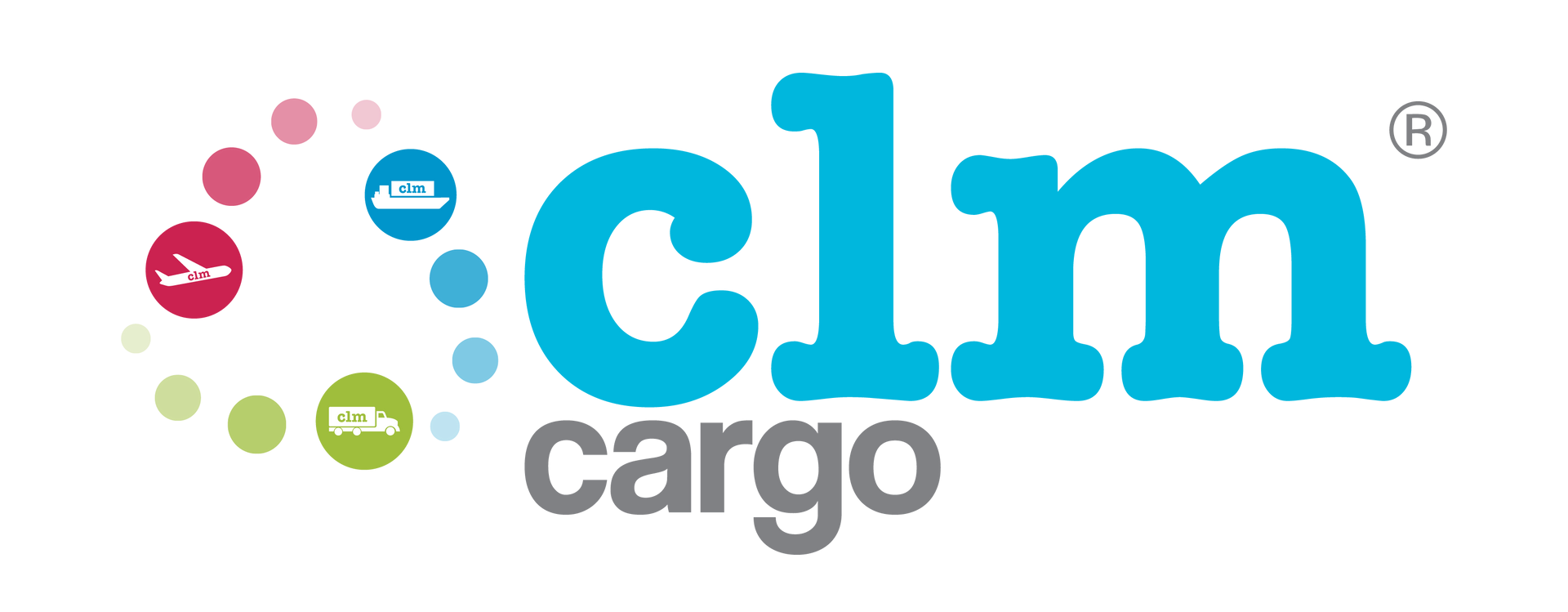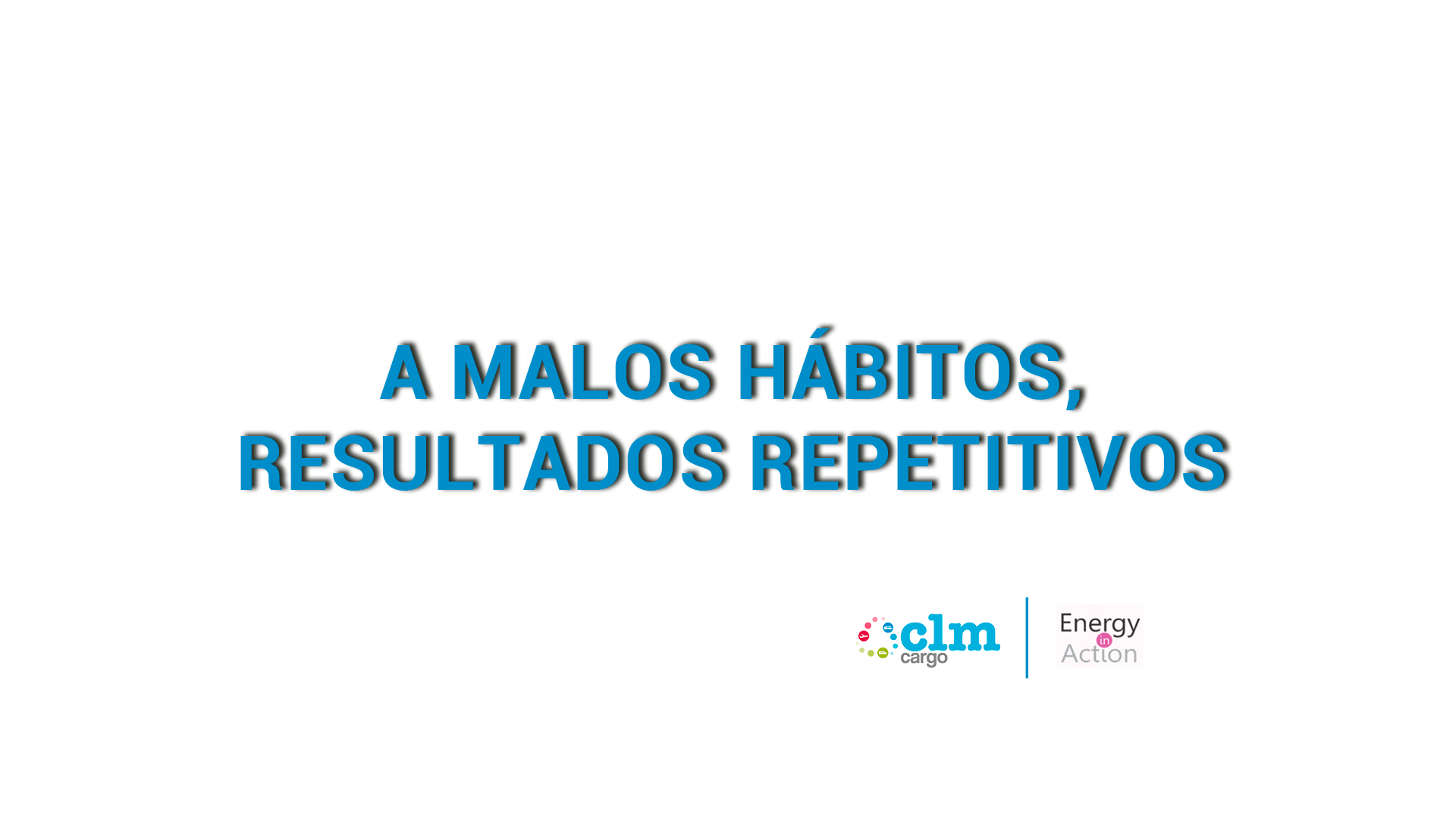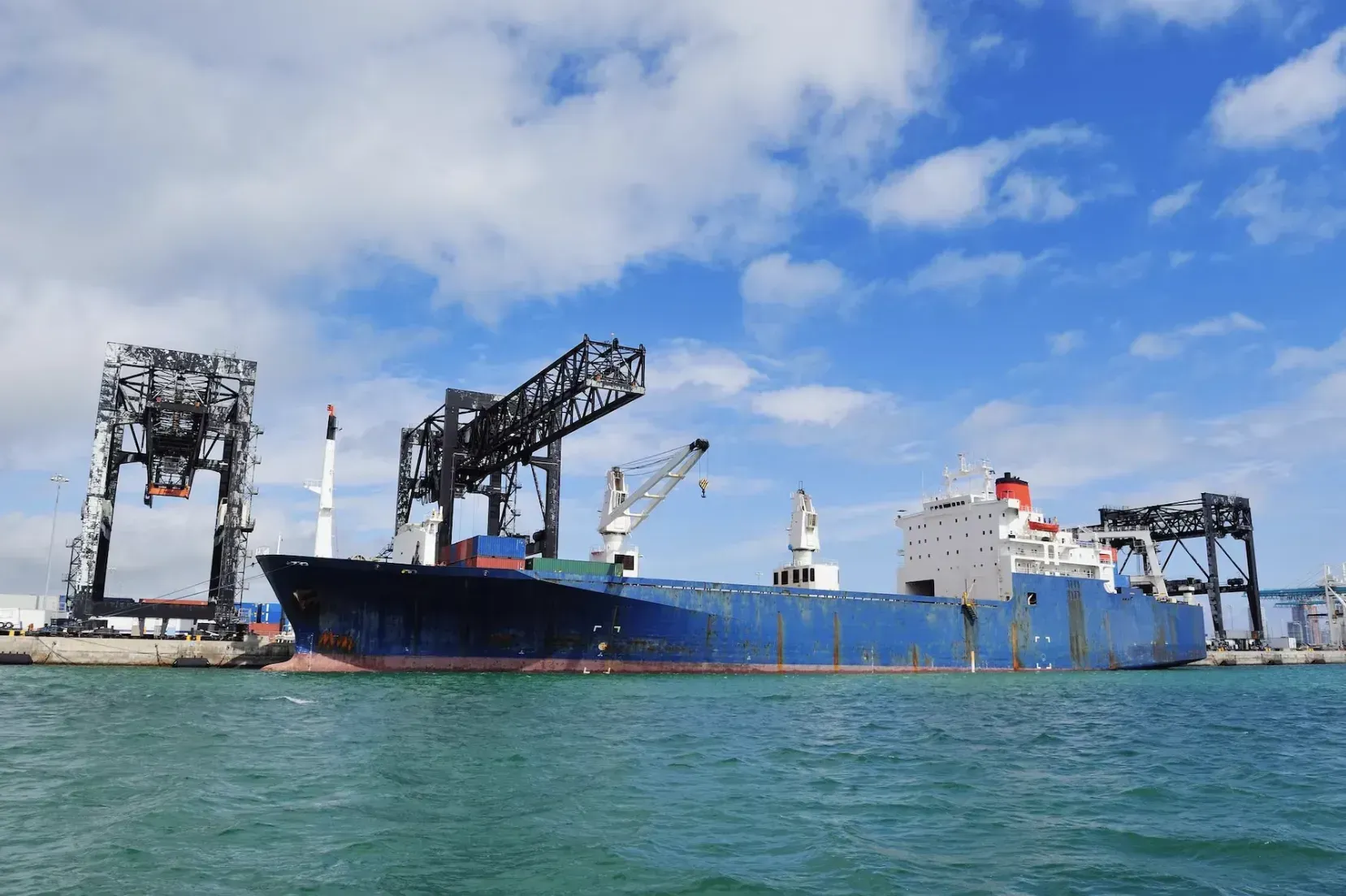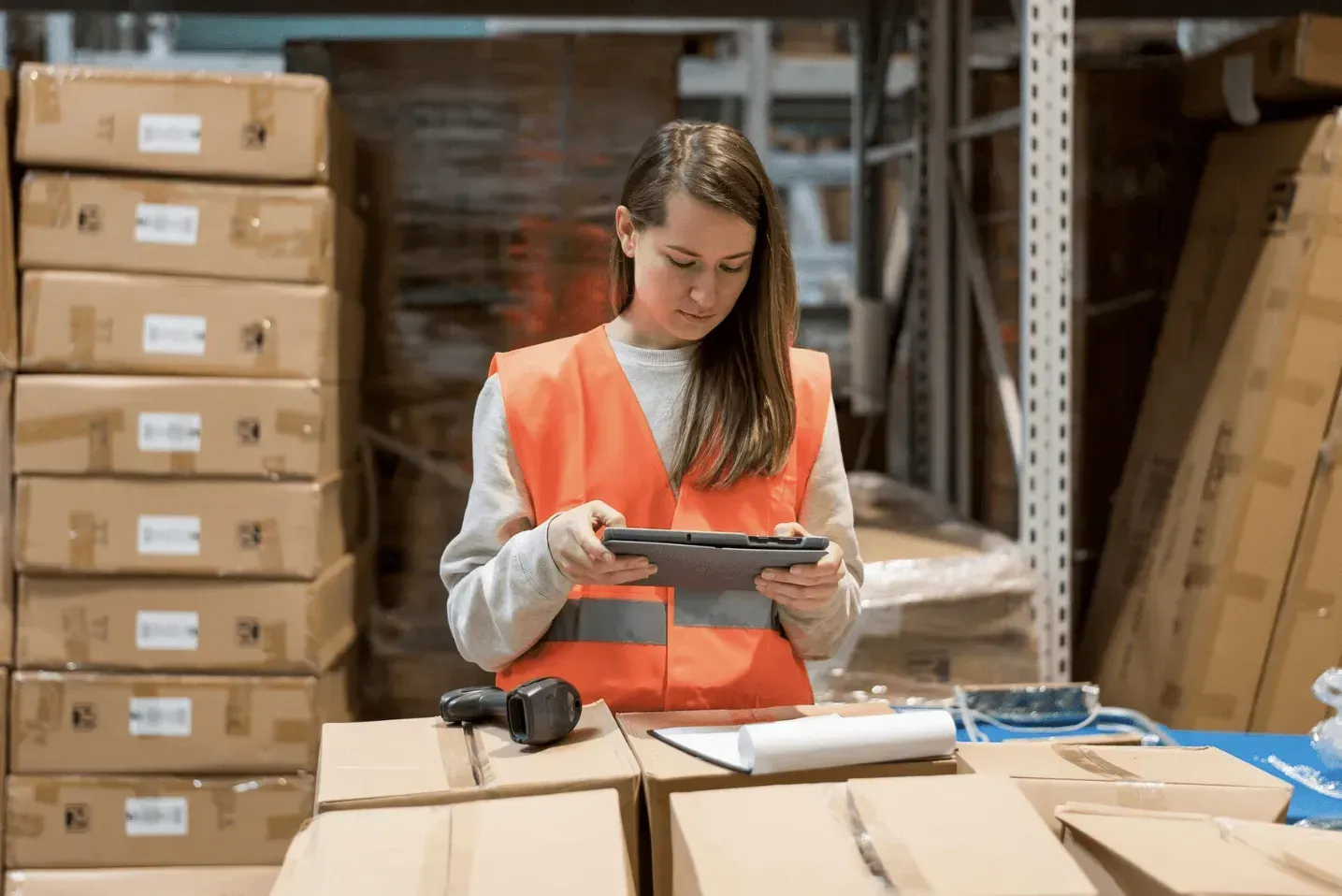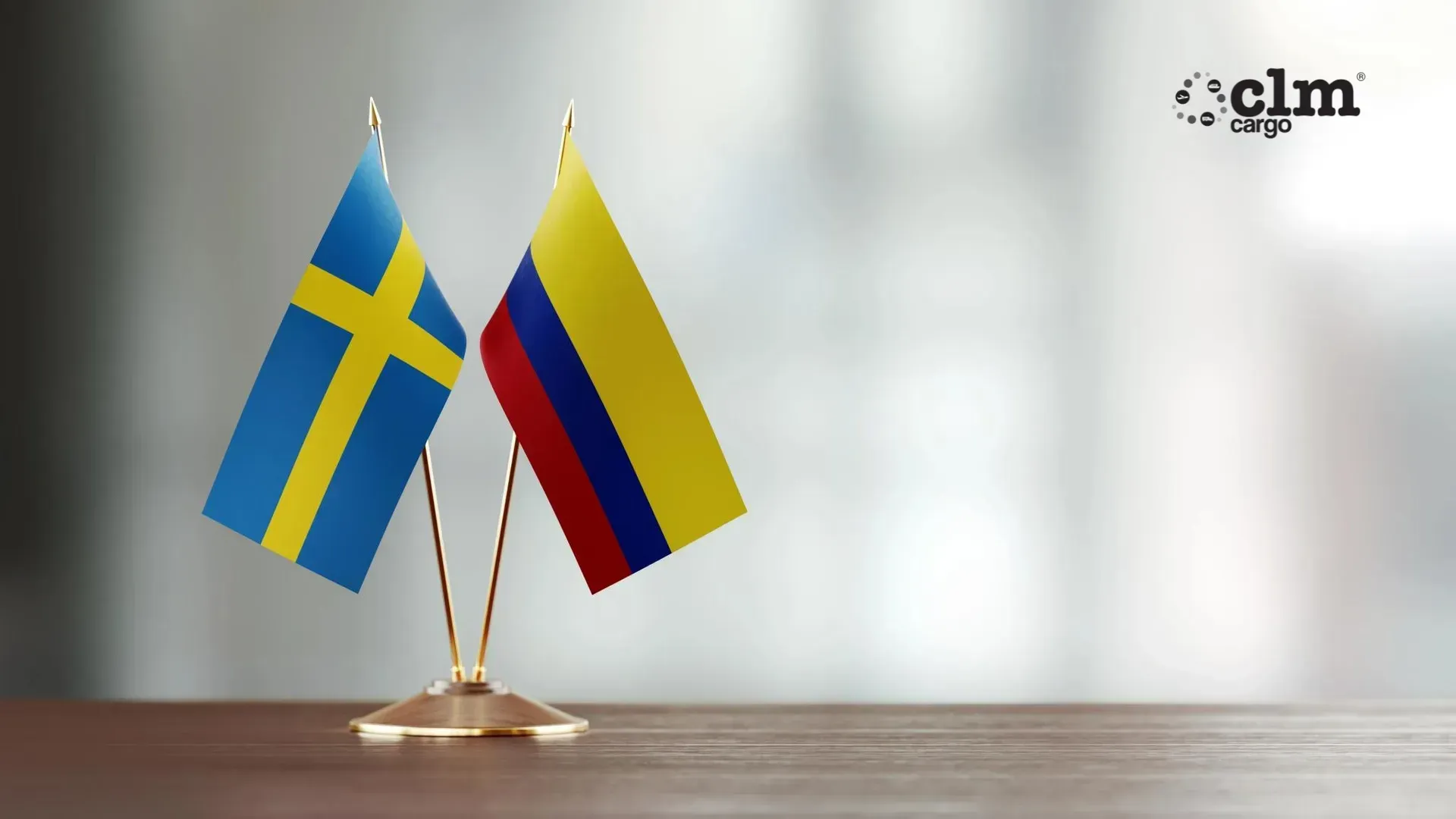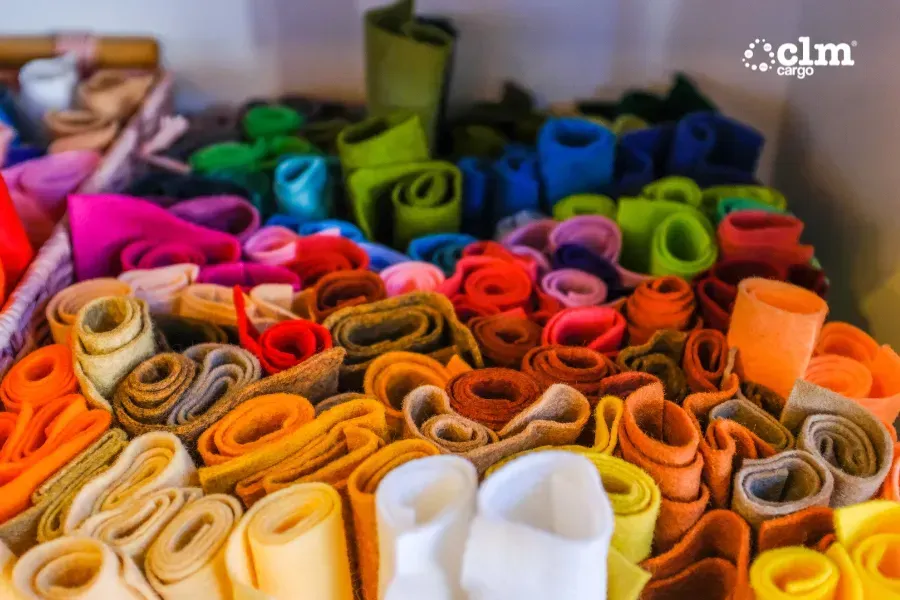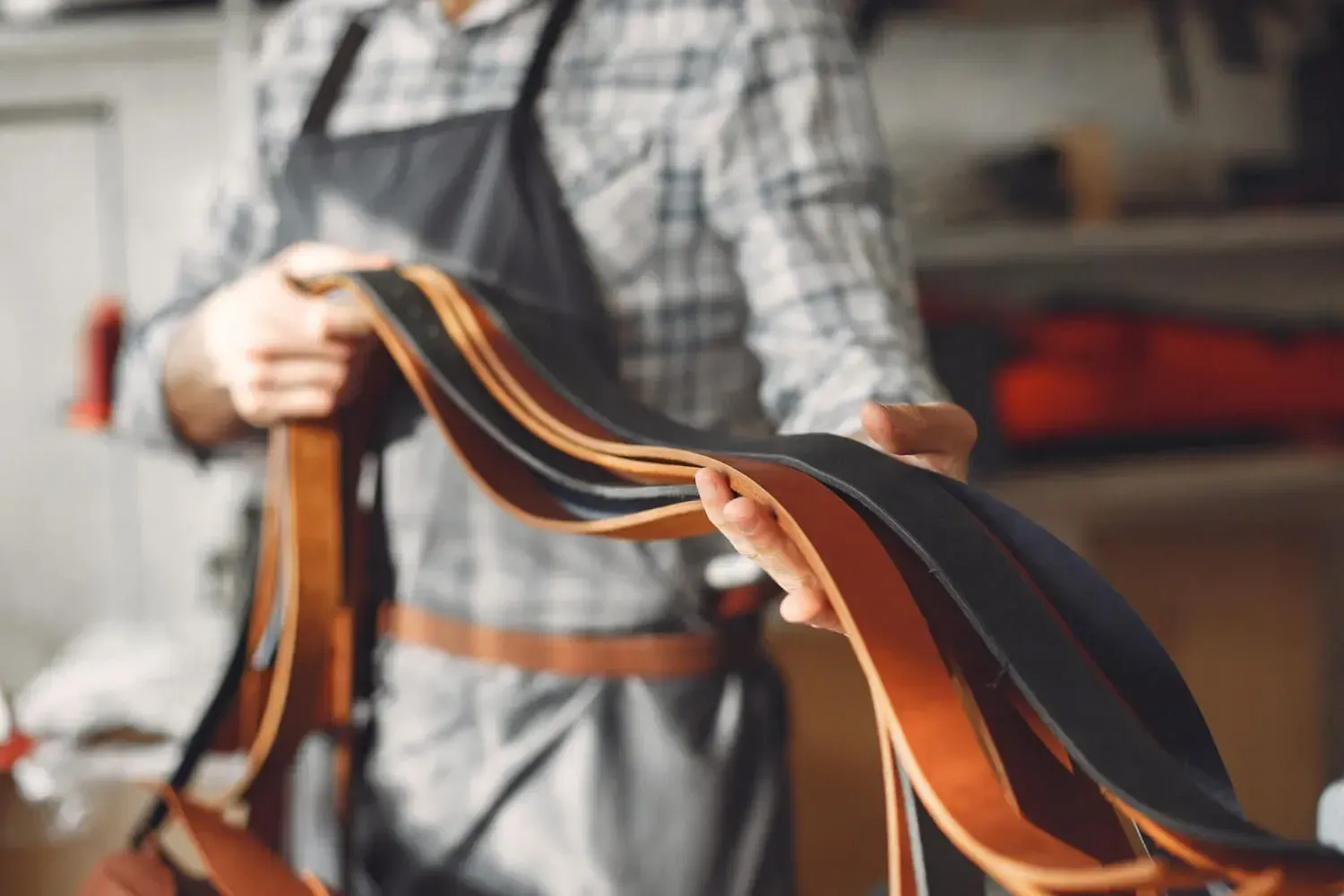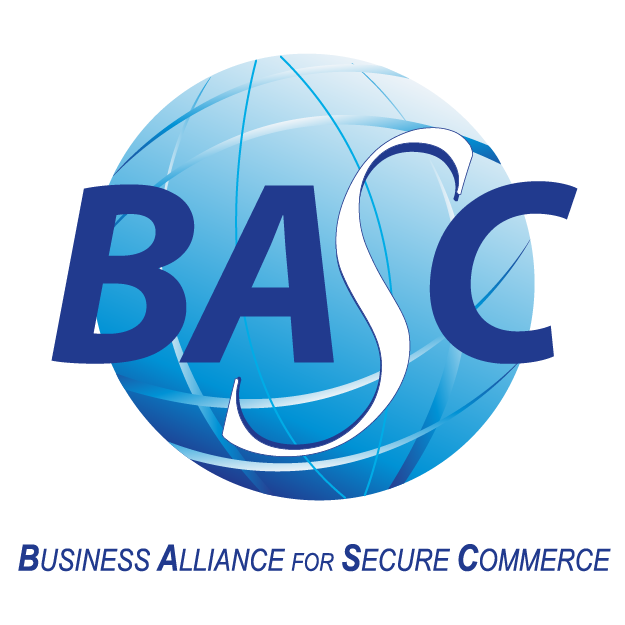How to Import Clothing from the United States to Colombia

Importing clothing from the United States to Colombia has become an attractive strategy for entrepreneurs seeking to enter the fashion market. Thanks to the Free Trade Agreement (FTA) between the two countries, customs barriers have been significantly reduced, allowing easier access to a wide variety of garments. This guide covers key aspects of the import process, from market research to legal requirements, with valuable insights from CLM Cargo to help you make profitable and effective imports.
Free Trade Agreement Between Colombia and the United States
The U.S.–Colombia Free Trade Agreement (FTA), in effect since 2012, has reshaped the import landscape between both nations. It has opened commercial opportunities in multiple sectors, especially fashion and apparel.
How the FTA Affects Clothing Imports
The FTA directly impacts the clothing import process by eliminating many commercial barriers. Colombian entrepreneurs now have easier access to a broader range of U.S. fashion products. Clear rules for tariff reduction have been established, making imports more affordable and competitive.
This agreement has also fostered local market competitiveness by providing Colombian consumers with more variety and better prices. Previously constrained by strict regulations, the import of clothing is now a viable and attractive opportunity for small and medium-sized businesses.
Tariff Elimination Phases
Since 2012, tariff reductions under the FTA have been implemented in phases:
- 2012: Initial removal of tariffs on a significant portion of imported goods.
- 2016 and 2021: Continued reductions, allowing even more clothing products to enter Colombia with zero or reduced tariffs.
This phased approach has helped Colombian importers offer more competitive pricing and improve profit margins—essential for growing a successful clothing import business.
Key Benefits for Importers
The FTA provides a number of benefits to Colombian clothing importers:
- Wider product availability from U.S. fashion brands.
- Reduced or eliminated customs duties, resulting in lower prices for end consumers.
- Simplified import logistics through clearer regulations.
- Increased competitiveness in the local market, enhancing growth potential and customer satisfaction.
These advantages empower entrepreneurs to respond faster to fashion trends, offer high-quality products, and build strong commercial relationships.
Market Research for Clothing Imports
Thorough market research is crucial to ensure successful imports. Understanding Colombia’s fashion industry and consumer behavior helps in choosing the right products and targeting the right audience.
Identifying Fashion Trends in Colombia
Staying on top of current trends allows you to select garments that meet local preferences. Influences include:
- Cultural and aesthetic preferences.
- Fashion shows and industry events.
- Social media trends, influencers, and content creators.
- Climate considerations, affecting seasonal clothing demand.
It's advisable to follow Colombian fashion designers and monitor competitors. Tools like Google Trends, fashion marketplaces, and social media insights are useful for identifying popular styles and consumer interests..

Cost Analysis for Importing Clothing
Before beginning the import process, it's essential to perform a detailed cost analysis. This includes not only the product price in the U.S. but also all associated expenses that affect your business's profitability.
Product Pricing in the United States
The initial purchase cost depends on several factors:
- Brand reputation and garment quality
- Type of clothing (casual, formal, sportswear, etc.)
- Supplier pricing (retail vs. wholesale)
It's advisable to explore platforms like Amazon, eBay, or wholesale directories to compare prices and negotiate better deals.
Transportation and Import Costs
These additional expenses must be factored into your pricing strategy:
- Shipping fees – Based on the size, weight, and shipping method
- Insurance – Optional, but recommended to protect the goods during international transit
- Customs duties and taxes – Based on Colombia’s tariff classification
Get quotes from multiple logistics providers to identify the best shipping options and stay informed on exchange rate fluctuations that may impact your costs.
Evaluating U.S. Clothing Suppliers
Choosing the right supplier is crucial for importing high-quality garments. Key evaluation criteria include:
- Supplier reputation and reliability
- Shipping policies and return options
- Product compliance with international quality standards
- Customer reviews and business ratings
To build lasting supplier relationships, consider attending trade shows or contacting verified vendors on wholesale platforms.
Tariff Classification for Clothing
Correct tariff classification (subpartida arancelaria) is vital for determining applicable taxes and ensuring legal compliance.
Consulting Colombia’s Customs Tariff (DIAN)
Use the DIAN (Dirección de Impuestos y Aduanas Nacionales) online portal to:
- Identify the correct HS code (subpartida arancelaria) for each clothing item
- Review the applicable tariff percentages
- Calculate your final import tax obligations
This step helps avoid fines or import delays due to incorrect classification.
Getting Expert Advice on Tariff Codes
If you're unsure about classification:
- Consult with a licensed customs broker – They can provide accurate categorization and ensure proper documentation.
- Use DIAN’s support center – The agency offers information services to guide new importers.
Correct classification not only prevents compliance issues but also helps reduce unnecessary tax burdens.
Importer Registration Process in Colombia
To legally import goods into Colombia, you must register as an importer and follow the proper administrative steps.
1. Chamber of Commerce Registration
Register your business with the local Chamber of Commerce to receive a NIT (Tax Identification Number). Submit:
- Company formation documents
- Identification of the legal representative
This registration is required before proceeding with tax and import processes.
2. Obtaining the RUT (Single Tax Registry)
The RUT is issued by DIAN and serves as your official tax ID for commercial operations. To get the RUT:
- Present business documentation at a DIAN office
- Indicate that your business involves import activities
Without the RUT, you cannot engage in formal foreign trade.
3. Declaring Import Activities
After obtaining the RUT, you must declare “importation” as a business activity. This informs DIAN of your import intentions and enables regulatory oversight.
This step may require the support of a tax professional to complete all necessary forms.
4. Registering with VUCE
The VUCE (Ventanilla Única de Comercio Exterior) is Colombia's single window system for managing import processes. To register:
- Complete the registration form on the VUCE portal
- Attach your RUT and Chamber of Commerce certificate
- Monitor your application status for approval
Once registered, you can begin formal import procedures under Colombian law.
Methods of Importing Clothing
Choosing the right import method can influence your cost, timing, and operational efficiency.
Direct Shipping from the U.S.
This method involves buying from a U.S. retailer or wholesaler that ships directly to Colombia. Consider:
- Does the seller offer international shipping?
- Are return and warranty policies clear?
- Does the product comply with Colombian customs regulations?
Popular platforms like Amazon and eBay offer direct shipping but be sure to account for delivery times and additional costs.
Using an International Freight Forwarder or Locker
Alternatively, you can use a freight forwarder or international locker service:
- Products are first shipped to a U.S. address (the locker)
- Then consolidated and sent to Colombia
- Often includes package tracking, insurance, and customs support
This method offers greater control and can reduce costs on bulk shipments.
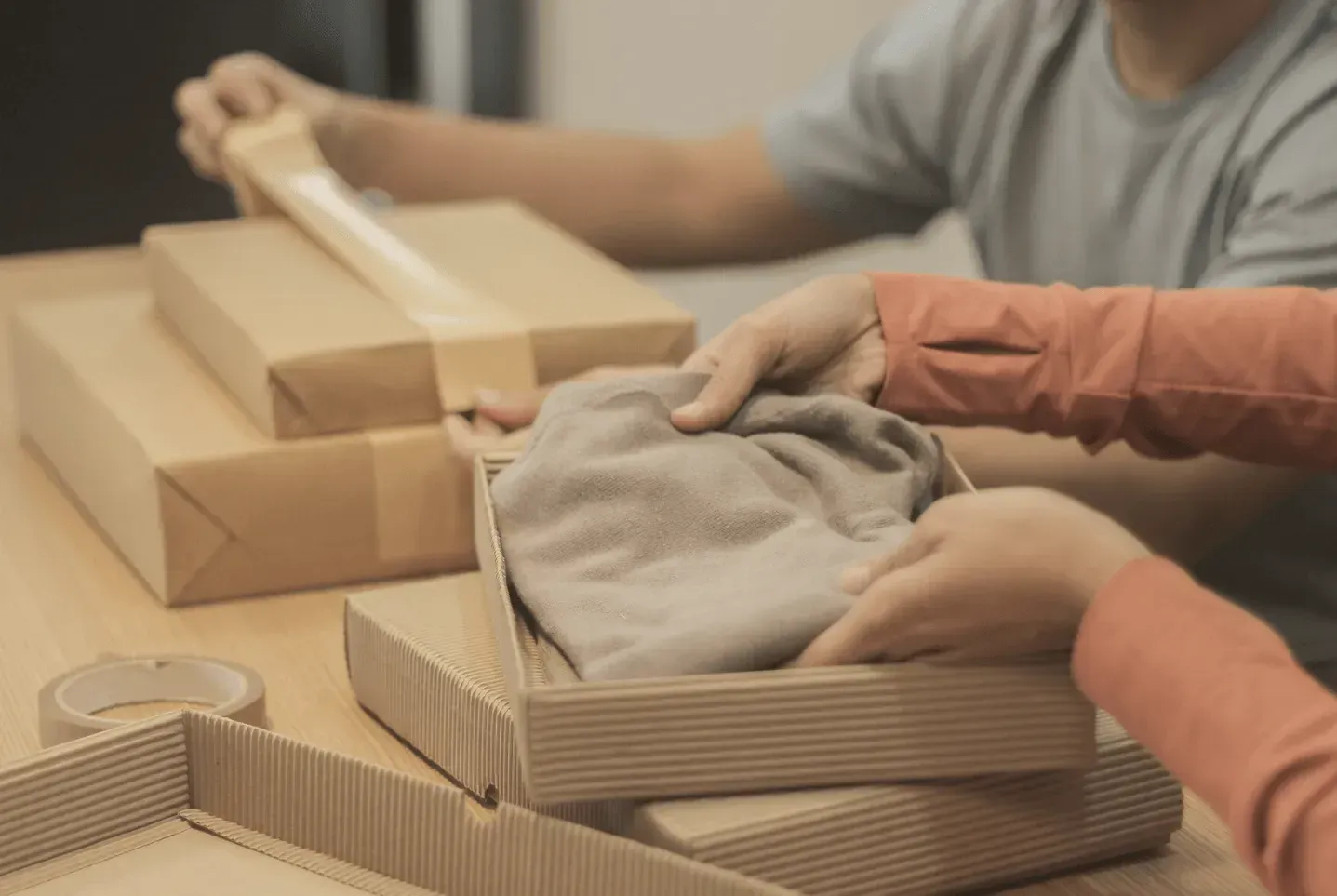
Customs Considerations and Import Restrictions
Importing clothing from the United States to Colombia is subject to specific customs regulations and restrictions. Understanding which products are limited and which procedures apply is essential to avoid delays, legal issues, or unexpected costs.
Products Subject to Import Restrictions
Certain clothing and accessories may face entry restrictions in Colombia. Commonly restricted items include:
- Clothing made with unregulated or environmentally harmful materials
- Items that infringe on intellectual property rights (e.g., counterfeit branded apparel)
- Garments containing electronic components that do not meet Colombian safety standards
- Clothing recalled due to health or sanitation issues in the country of origin
Importers should consult the latest guidelines published by DIAN to confirm which garments may be restricted or prohibited before placing an order.
Special Import Procedures
Depending on the type of clothing, you may need to meet specific certification or regulatory requirements:
- Certificate of Conformity: Required for items needing compliance with quality or safety standards.
- Import Permits: Clothing for infants or children may require additional permits or certifications.
- Additional Documentation: For innovative products or those that could impact public health, extra documentation might be requested by customs.
Following these procedures meticulously helps prevent penalties or shipment delays.
Best Practices for a Successful Import Process
To ensure a smooth import experience, here are some essential recommendations for entrepreneurs importing clothing from the U.S. to Colombia.
Maintain Accurate Documentation
Having all import-related documents organized and up to date is critical. Key documents include:
- Commercial invoices
- Packing lists and entry manifests
- Customs declarations and proof of tax payments
Keeping your paperwork in order streamlines customs clearance and supports business audits or profitability assessments.
Build Strong Supplier Relationships
Reliable suppliers are a cornerstone of a sustainable import business. Consider the following:
- Choose trusted suppliers with consistent quality and excellent customer service
- Negotiate favorable terms, including payment options and shipping timelines
- Track orders and stay informed about any supply chain disruptions
Having backup suppliers is also a wise strategy in case one partner fails to deliver or meet expectations.
Implement Inventory Management in Colombia
Effective inventory control can reduce costs and ensure product availability. Tips include:
- Use inventory management software to monitor real-time stock levels
- Perform regular audits to match physical stock with records
- Set up alerts for low inventory to prevent stockouts and optimize reordering
A lean, well-managed inventory improves cash flow and customer satisfaction.
Frequently Asked Questions About Clothing Imports
What are the basic requirements to import clothing to Colombia?
You must:
- Be registered with the Chamber of Commerce
- Obtain a RUT (Single Tax Registry) from DIAN
- Identify the correct tariff classification (subpartida arancelaria) for your clothing
These steps enable legal import activity and proper tax compliance.
What taxes are applied when importing clothing?
Importers typically pay:
- Import duties, which vary by tariff classification
- VAT (Value-Added Tax) on the total value of goods plus duties
Check DIAN's online tariff database for up-to-date tax percentages based on the specific product.
What documents are required for customs clearance?
You must present:
- Entry manifest
- Commercial or pro forma invoice
- Packing list
- Transport certificate or bill of lading
Having complete and accurate documentation avoids unnecessary delays at customs.
What are the recommended shipping methods?
There are two main methods:
- Direct shipping from U.S. suppliers
- International forwarding services (lockers) for stores that don’t ship to Colombia directly
Choose based on product availability, shipping speed, and logistics preferences.
Practical Tips for First-Time Importers
- Conduct thorough market research to understand consumer demand and seasonal fashion trends
- Evaluate suppliers carefully, considering reputation, terms, and reliability
- Monitor all import-related costs, including hidden logistics or regulatory expenses
- Communicate proactively with suppliers to resolve issues early and avoid shipment problems



